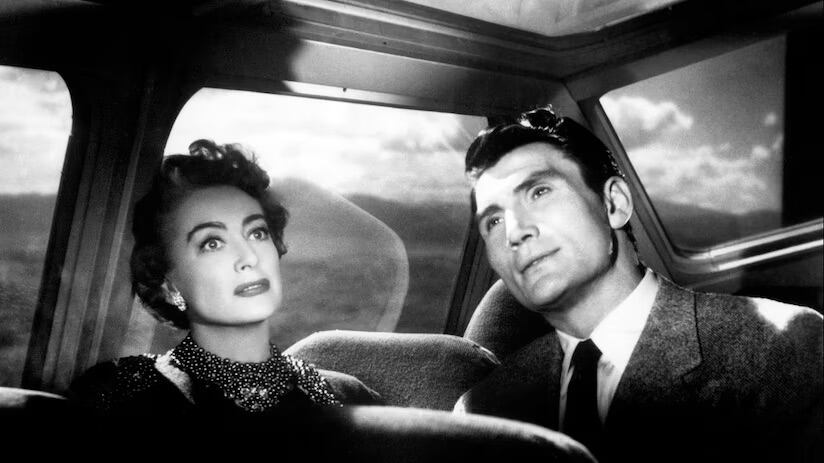For the past seven years, gun molls, gangsters, shamuses, gunsels, dames, and femmes fatales have visited the screen at the Kiggins Theatre on the second Monday of the month as part of its Noir Night series. It seems an appropriate home for these black-and-white films from the 1940s and ‘50s, given that the Kiggins opened its doors in 1936.
For Noir Nights, this historic theater in downtown Vancouver transforms back to its early years. Kiggins owner Dan Wyatt dresses in a fedora and trench coat in the style of a noir hero, a handful of patrons regularly dress in period clothing, and film reels, cartoons and previews from that time proceed the films.
The series is curated by Richard Beer, who has been the programmer at the Kiggins for the past 11 years. Beer studied film at Columbia College, worked for the Chicago International Film Festival, and cataloged a large private collection of films for the University of North Carolina School of Arts, School of Filmmaking. In the early 1990s, he moved to Portland and programmed at the Hollywood Theatre, before being hired at the Kiggins in October 2012.
Beer chose to mastermind the series because of noir’s continuing relevance. “It’s not as dated as other types of films because it continued with neo-noir like L.A. Confidential and The Underneath,” he says. “Adultery, murder, and crime syndicates are themes that are still relevant. This is why big studio musicals haven’t endured in the same way. They feel like they’re from another time.”
Film noir hit its classic period after World War II, taking the large, stunning, shadowy visuals of German Expressionism and paring them down to sharp angles and lingering shadows. Novels by writers like Dashiell Hammett, James M. Cain, and Raymond Chandler were the backbone of these films in which the protagonist is often a detective who gets drawn into a web of crime by a beautiful woman.
Dismissed as low-budget B pictures, they endure because of an unsentimental sensibility that still resonates with audiences. This thrifty style of filmmaking lives on in the films of Martin Scorsese, Quentin Tarantino and Spike Lee, whose early work reaffirmed that great noir can be done on the cheap.
After playing heavies, mobsters, a mad scientist, and Bette Davis’ stable boy, Humphrey Bogart emerged as an icon of the genre when he was cast as the world-weary detective Sam Spade in The Maltese Falcon. Film noir also gave actresses like Veronica Lake, Lana Turner and Rita Hayworth a chance to do something other than just sit around and look pretty; they skillfully moved the plot along as the “hero” tried to catch up.
Film noir proved equally invigorating for artists behind the camera. That includes cinematographers like James Wong Howe (who gave a lurid tabloid look to Sweet Smell of Success) and refugees from Europe, such as directors Fritz Lang, Billy Wilder, and Jacques Tourneur, who expressed the world weariness and fatalism that followed the war through their films.
Beer finds it encouraging that these films draw a varied audience. “When this series started off, it was mostly attended by senior citizens, but we’re starting to see younger people in their 30s and people bringing their 12-year-old kids so there’s another generation of viewers interested in these films,” he says.
The series revolves around themes, which can be either a star, a filmmaker or a motif. This season, menacing husbands and the women they gaslight are being highlighted, with screenings of Sudden Fear (Sept. 11) and Suspicion (Oct. 9) coming up. November’s film is uncertain, however, and the series will go on break in December, when the Kiggins’ schedule is filled with holiday classics like It’s a Wonderful Life and White Christmas.
“This series is not going anywhere,” Beer says. “Fans of these films are always afraid that we’ll stop showing them, but it’s not going to stop.”
SEE IT: Sudden Fear, not rated, screens at the Kiggins Theatre, 1011 Main St., Vancouver, Wash., 360-816-0352, kigginstheatre.com. 7:30 pm Monday, Sept. 11. $10.
